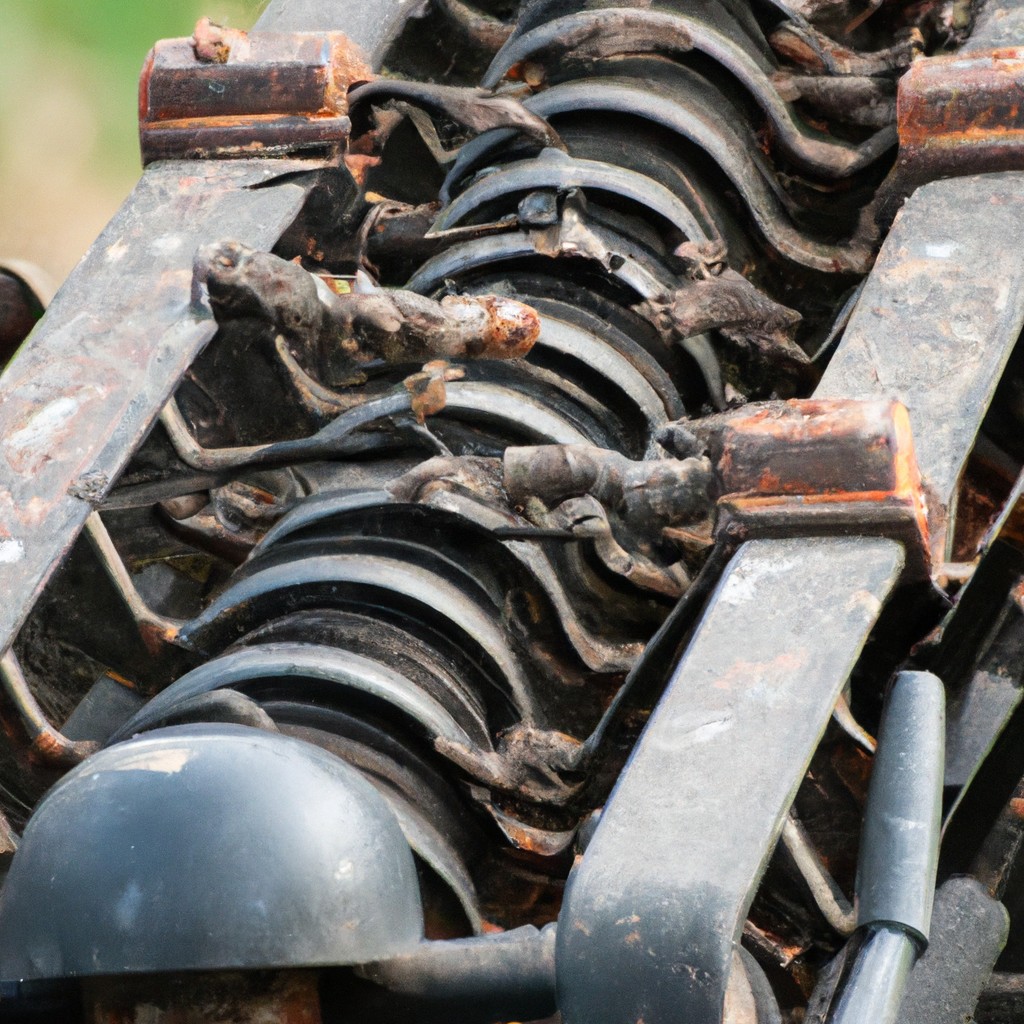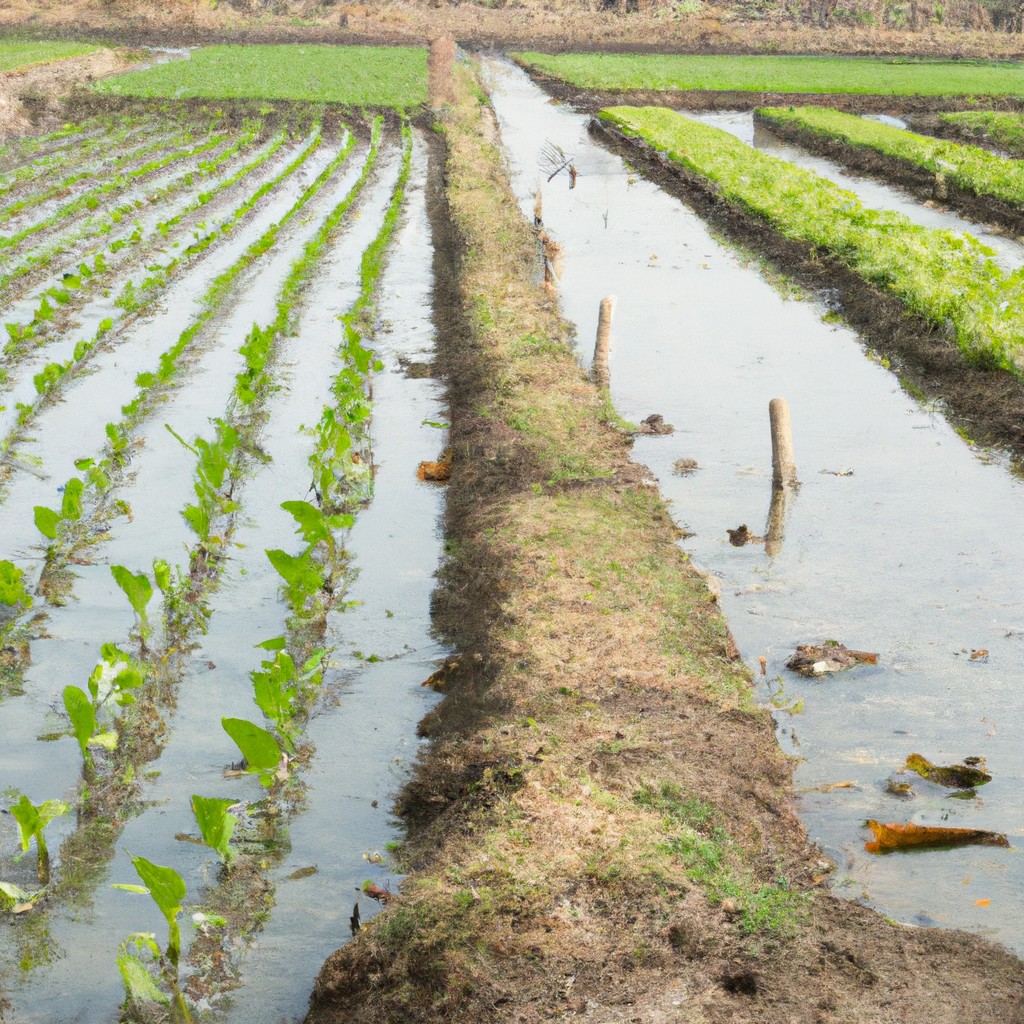Learn how steel transformed agriculture and made farming more efficient and productive.
Look Inside:
Evolution of Mechanized Farming Equipment

Picture this: farmers once spent countless hours behind oxen, fighting with wooden plows that had the structural integrity of a soggy biscuit. Enter the Iron Age, and suddenly we have metal plows slicing through soil like it’s butter. But that was just the tip of the iceberg.
As time danced along, steam power sashayed into the fields. Steam engines on wheels! These early tractors were clunky beasts, but boy did they get the job done faster than a stampede of caffeinated rabbits.
Then came gasoline-powered tractors—sleeker, faster, and let’s face it, kind of stylish in a “tractor chic” way. Mechanized seed drills, automated harvesters, and balers rolled in, making farm work as orchestrated as a symphony, but with less tuxedos and more overalls.
And let’s not forget GPS-guided tractors, because why plow solo when you can cruise with a sidekick named Technology? This wizardry ensures straight rows, optimal planting, and even fuel efficiency. What’s next? Tractors that serve your morning coffee? You laugh now, but just wait.
Impact On Crop Yields and Farming Efficiency
The steel plow dramatically boosted crop yields and farming efficiency. Imagine trying to use a wooden spoon to dig through a frozen lasagna—that’s what farmers faced with traditional tools on tough prairie soil. Talk about a workout.
First off, steel plows slice through soil like a hot knife through butter. This meant less effort for farmers and a lot more land being tilled in much less time. More land tilled equals more seeds planted equals more crops grown.
Secondly, the design of steel plows helped better turn over the soil, burying crop residues and weeds. This not only made planting easier but also reduced the competition for nutrients, giving the new crops a head start. Basically, it was like sending the weeds on a permanent vacation.
Finally, steel tools last longer and handle tougher jobs than their wooden predecessors, reducing downtime for repairs and replacements. Imagine not having to stop your Netflix binge because your remote broke. Less interruption, more productivity.
In essence, the introduction of steel tools helped transform farming from a backbreaking, sunup-to-sundown grind into a more efficient, high-yielding operation. And the best part? Everyone ate well.
Role in Large-Scale Agricultural Operations
With the advent of advanced metal tools, farms transformed from small plots into sprawling enterprises. Metal machinery, especially steel plows and tractors, took center stage in this transformation, allowing farmers to cultivate vast areas with less labor.
Picture this: a farmer trading in his trusty old horse-drawn plow for a shiny, roaring steel machine. It’s like swapping a bicycle for a sports car. What did this mean in practical terms?
First, it enabled faster soil preparation. Fields that used to take days to till could now be ready in hours. Secondly, consistent plowing depth ensured better soil conditions for seeds, boosting germination rates. Uniform fields? Check.
With steel tractors and plows, farmers weren’t just working harder; they were working smarter. These tools allowed them to handle larger plots efficiently, making it possible to grow more food on a grand scale. Finally, metal machinery reduced reliance on manual labor, freeing up time for farmers to focus on crop management and innovation.
The result was an era where farming entered the modern age, equipped with steel muscles that promised higher yields and greater efficiency.
Environmental and Economic Implications
When steel plows and mechanized equipment entered the scene, it wasn’t just about making farmers look cooler in their fields (though that was a nice bonus). The shift had some serious environmental and economic ripple effects:
First, steel plows cut through the earth like a hot knife through butter. This meant less energy spent by both humans and work animals, reducing overall energy consumption on farms.
Next, the efficiency of steel plows enabled farmers to cultivate more land. More land meant more crops, and more crops meant more cash. Farmers could now tackle larger plots without breaking a sweat (well, maybe a little sweat).
However, this quest for more land led to a classic case of deforestation and soil depletion. It’s like when you eat all the cookies in the jar, and then wonder why you’re out of cookies. Long-term sustainability took a backseat to short-term gains.
On the economic side, steel machinery was an investment that paid off big time. Larger yields and quicker planting and harvesting meant more produce on the market. Prices dropped, making food more accessible. Win-win, right? Well, almost.
Not all farmers could afford these shiny new toys. Small-scale farmers often found themselves outpaced by larger operations with deeper pockets, contributing to the consolidation of farmland into fewer hands. Farming started to look less like a quaint family affair and more like a high-stakes business.
The double-edged sword of mechanization was evident. While it brought about undeniable progress, it also demanded we rethink our relationship with the land and the communities that depend on it. The challenge remains to find balance—like trying to farm with just the right amount of scarecrows. Too many, and you scare away more than just the crows.




